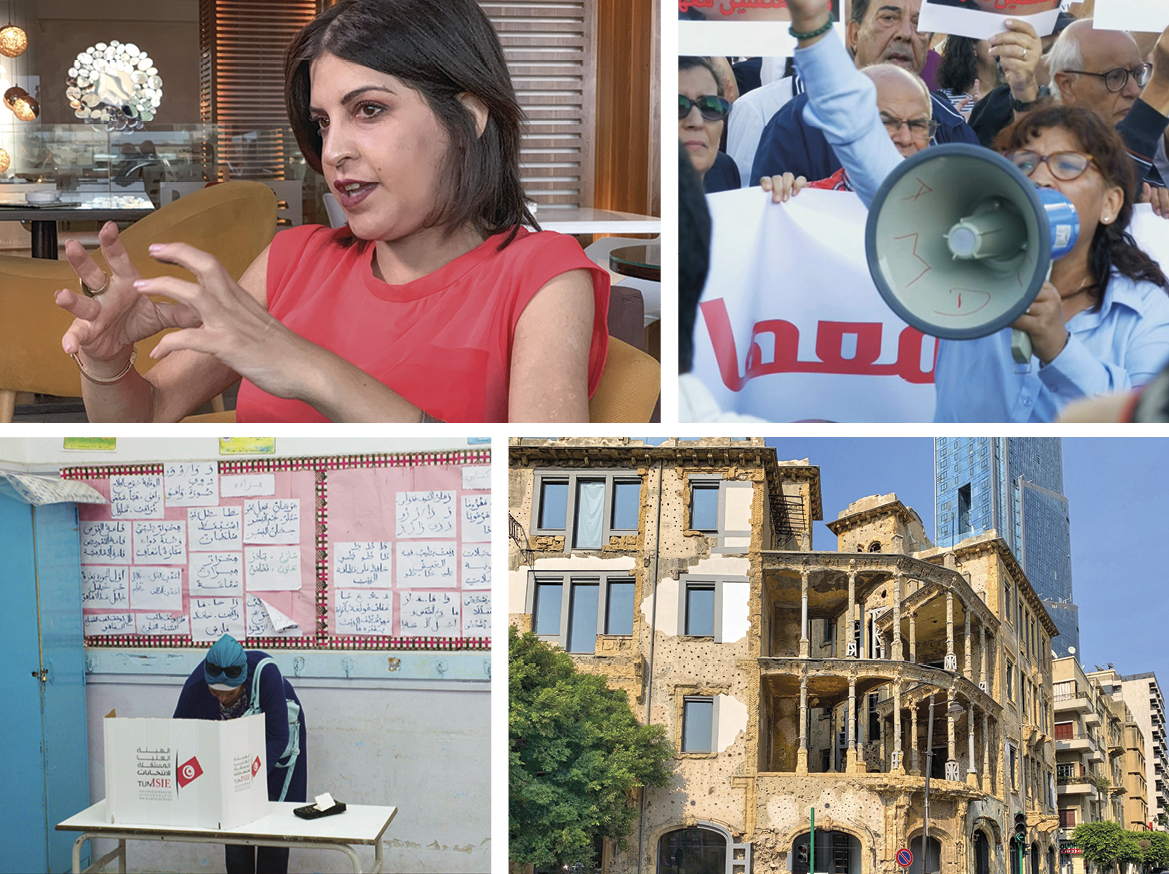ARABELLION – THE LEGACY OF THE ARAB SPRING

Ten years after the Arabellion, we tell the whole story of the uprisings, from the viewpoint of the protagonists. How did it all start and what is life like today in Tunisia, Libya and Egypt?
On 10 December 2010, the Tunisian street vendor Mohamed Bouazizi set himself on fire out of despair at his hopeless living conditions. His fate moved hundreds of thousands of mostly young people to take to the streets to protest against the regime. The protests not only ousted the elderly dictator Ben Ali but also sparked a series of uprisings that rocked the Arab world. A new era of democracy, dubbed the “Arabellion” or “Arab Spring”, seemed to be dawning that would sweep the entrenched authoritarian structures onto the rubbish heap of history. Taking stock ten years later, however, the aftermath of those momentous events is sobering. All across the Arab region, the old regimes have been restored, wars have broken out and people are fleeing their homelands. And yet the Arabellion was not in vain, because pressure for reform is as great as ever. We give a comprehensive overview of developments, looking for similarities between the 2011 uprisings and the current unrest in Lebanon and Iraq. The Arabellion is recounted from today’s vantage point and through the eyes of the protagonists on the ground. What is life like today in Tunisia, Libya and Egypt, ten years later?